On This Page: [hide]
At the core of success in the competitive online world is an exceptional user experience (UX), which has evolved from a luxury to a crucial requirement.
UX has become a critical factor in determining the success of websites, apps, and software. Together with UI (User Interface), it is a crucial part of the design process of the so-called Customer Experience (CX).
It’s no longer enough for a product to simply look good, as it also needs to function smoothly and address the specific needs of its users. UX design focuses on creating intuitive, efficient, and enjoyable interactions that enhance the user’s journey from start to finish.

The Inception of UX
The term “User Experience” (UX) was first introduced by Don Norman in the early 1990s during his time at Apple.
Norman, a cognitive scientist and expert in usability, coined the term to describe a broader concept of how users interact with products and services. His aim was to go beyond traditional notions of usability and interface design, expanding the focus to include the entire user journey—encompassing everything from the visual elements and interface to emotional responses and the overall perception of the product.
Norman explained his reasoning by saying that he came up with the term because he found ‘human interface’ and ‘usability’ to be too limited. He wanted to include every aspect of a person’s interaction with a system, including the industrial design, graphics, interface, physical interactions, and even the instructions.
Since then, UX has grown into a major discipline in design (web design, graphic design, among others), influencing industries well beyond the tech sector.
How Are UX and UI Intertwined?
While UX and UI are closely related, they represent different aspects of the design process.
User Experience (UX) is about how users interact with a product or service, focusing on improving usability and making interactions more efficient and enjoyable. UX design follows established standards like ISO 9241, which emphasizes ergonomics and user-centered design. UX designers are concerned with how people use a product, optimizing the experience through research, testing, and refinement.
Shortly said, a UX designer takes care of the following tasks:
- Research and Analysis — Understanding user needs, pain points, and behaviors through user research, surveys, and testing.
- Information Architecture — Structuring content logically so that users can find what they need easily.
- Prototyping and Testing — Creating wireframes and prototypes to test the usability of the design before the final product is built.
- User Flow — Ensuring that every step the user takes feels intuitive and smooth.
While UX is more about the process of developing a product that solves a problem and delivers a positive experience to the user, while UI is about the look and interactivity of the interface.
On the other hand, User Interface (UI) design is all about the visual elements and how users engage with them. UI designers make sure that the product is aesthetically pleasing, creating intuitive designs that enhance user interaction. While UX is focused on how the product works, UI is more concerned with how the product looks and feels.
In a nutshell, the job of a UI designer focuses on:
- Visual Design — Crafting an attractive and cohesive visual style that resonates with the brand identity.
- Interactivity — Designing buttons, sliders, menus, and other interface elements that make interaction engaging.
- Consistency — Maintaining a consistent look and feel across all screens, ensuring that users don’t get confused by changing elements.
- Responsiveness — Ensuring that the interface works well across different devices and screen sizes (desktop, mobile, tablets).
Though UX and UI have different roles, they work closely together to create a well-rounded product. UX design lays the foundation by defining how the product should work, while UI design brings it to life with a visually engaging and user-friendly interface.
In the article that follows, however, we will pay close attention to the vast universe of user experience and the best methods and tools to test it.
What Makes UX Testing Indispensable in 2024 and Beyond?
Companies that invest in UX create customer-centric processes that not only enhance usability but also evoke positive emotions, ultimately leading to long-term brand loyalty.
A superior UX provides a clear competitive advantage by making your product stand out in a crowded market. In an era where consumers interact with multiple connected devices, ensuring seamless interaction design across platforms is crucial for delivering a consistent and satisfying user journey. Positive UX leads to greater product appreciation, driving user satisfaction and making customers more likely to return and recommend the product.
Investing in UX also helps reduce development costs. By conducting thorough user research early in the design phase, potential usability issues can be identified and addressed before costly revisions are needed post-launch.
By aligning design decisions with user needs from the start, businesses can avoid expensive reworks and ensure smoother implementation.
Ultimately, prioritizing UX translates into better usability and a more enjoyable experience, which encourages users to stay engaged, builds brand loyalty, and enhances your product’s long-term success.
Understanding user experience in this context means grasping the breadth of interactions a user has with a product, from its visual design to its performance and beyond. It encompasses everything from how quickly pages load to how easily users can accomplish their goals. This broad perspective is crucial for developing products that not only meet but exceed user expectations, ensuring that every touchpoint is optimized for satisfaction and engagement.
Why Every Digital Product Needs UX Testing
Regardless of its scope or industry, every digital product benefits immensely from UX testing. Here’s why:
- Improved Usability: UX testing identifies usability issues that might not be obvious to developers but are critical stumbling blocks for users. By addressing these issues, products become more intuitive and easier to navigate.
- Better Engagement: Products that offer a satisfying user experience are more likely to keep users engaged. UX testing helps fine-tune interfaces and functionalities to ensure they meet user preferences and requirements.
- Increased Conversions: A direct correlation exists between user experience and conversion rates. An optimized UX design, validated through effective testing, can significantly boost conversions by minimizing user frustration and streamlining the journey towards the desired action.
- Insights into User Behavior: UX testing provides valuable insights into how users interact with a product, what expectations they have, and how they feel about the product’s features. These insights are invaluable for making informed enhancements and for future development initiatives.
- Competitive Advantage: In the fiercely competitive digital market, delivering an exceptional user experience can be a key differentiator. UX testing enables businesses to understand and implement what works best for their users, setting them apart from competitors.
How to Identify the Right UX Testing Method for Your Project
Finding the most effective UX testing method for your project begins with understanding your goals and the specific insights you’re aiming to gather. Whether you’re looking to improve the user interface, streamline navigation, or enhance overall user satisfaction, the right testing method will illuminate the path forward. Consider factors such as your timeline, budget, and the nature of your product or service to guide your selection process.
Detailed Breakdown of Various UX Testing Methods
UX testing methods span a broad spectrum, each offering unique insights. From observing user behavior to collecting feedback on design usability, choosing an appropriate approach depends on the stage of development and user engagement level you’re targeting.
Below is a summarized exploration of various UX testing methods to assist you in your project development journey.
Comparing Qualitative vs Quantitative Methods
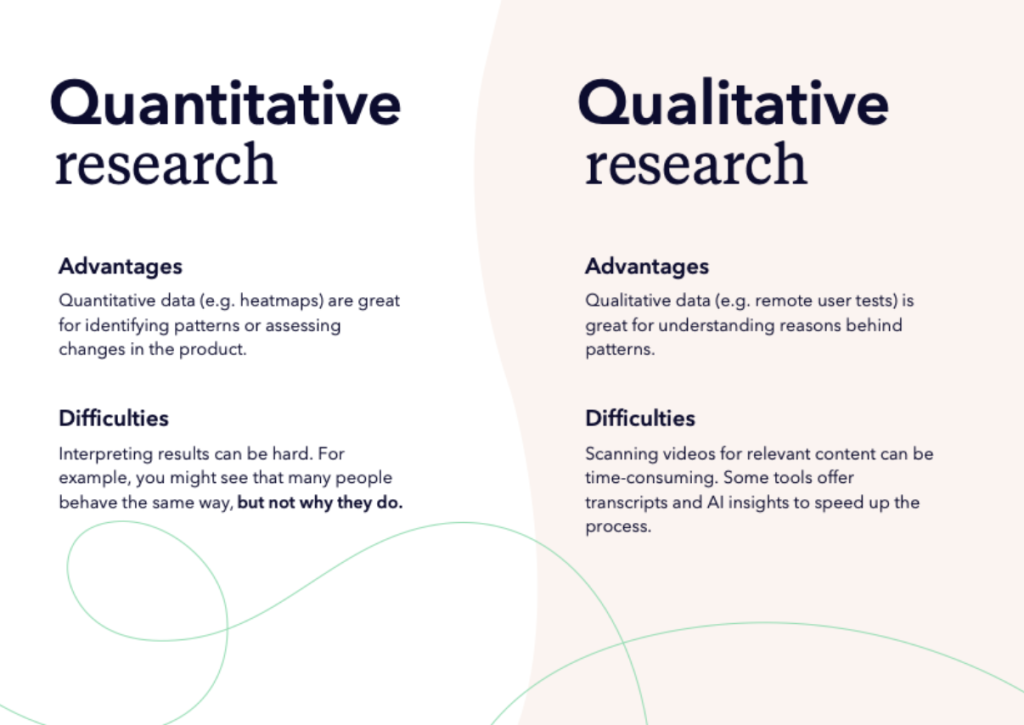
Qualitative methods are narrative and observational. They are best for understanding user behaviors, motivations, and feelings towards your product. Techniques include user interviews, eye tracking, and think-aloud protocols. On the other hand, quantitative methods deal with measurable data, such as completion times and the number of errors encountered.
Surveys and analytics come under this category and are great for validating hypotheses with statistical rigor. Your choice here hinges on whether you need to explore user attitudes in depth or validate design effectiveness with numbers.
Remote vs In-Person: Choosing the Best Approach
Deciding between remote and in-person UX testing largely depends on your resources and the nature of feedback you seek. Remote testing, facilitated by digital tools, offers convenience and a wider demographic reach, suitable for both moderated and unmoderated formats.
In contrast, in-person testing provides deeper insights through direct observation and real-time interactions. While remote testing suits broader, quantitative studies, in-person is preferable for qualitative, nuanced discovery.
Exploratory, Assessment, and Comparison Tests
UX testing can be categorized into exploratory, assessment, and comparison tests based on your project’s stage and objectives. Exploratory tests are ideal in the early stages when you’re generating ideas and hypotheses. They help identify problems and opportunities without focusing on solutions.
Assessment tests evaluate existing designs or prototypes to identify usability issues. Comparison tests pit different designs against each other to determine which one performs better on specific metrics. Your project’s specific needs and goals will dictate the most fitting approach among these.
By leveraging these insights to select and apply the most appropriate UX testing methods, your project can more effectively pinpoint areas for improvement, gain valuable user feedback, and iterate towards a more user-friendly product. Remember, the ultimate goal of UX testing is to enhance the user experience, making it crucial to choose a method that aligns with your project’s specific needs and goals.
The Key Principles of UX Design

Understanding and applying the fundamental principles of UX design is crucial for creating digital products that not only meet users’ needs but also deliver a smooth, enjoyable experience. By focusing on core concepts like usability, interaction design, and user-centered design, businesses can build products that resonate with their audience and drive engagement.
1. User-Centered Design
At the heart of UX design is user-centered design, a methodology that prioritizes the needs, preferences, and behaviors of users at every stage of the design process.
By conducting thorough user research and analyzing use cases, designers can create solutions that align with real-world needs, ensuring that the product delivers value and solves specific problems.
2. Accessibility and Inclusive Design
An essential principle of UX is ensuring that products are accessible to everyone, regardless of their abilities.
Accessibility focuses on removing barriers for users with disabilities, while inclusive design ensures that all users—regardless of age, language, or physical limitations—can easily engage with the product. Prioritizing accessibility not only improves usability but also widens your audience.
3. Intuitive User Journey
A successful UX design leads users through an intuitive user journey. This means that every step of the process, from the first interaction to the final goal, should feel natural and easy to navigate. Designers must consider how users move through the interface and ensure that the design supports a clear and smooth customer journey.
4. Navigational Hierarchy
A well-structured navigational hierarchy is critical for guiding users through your product. By organizing information logically and prioritizing key actions or content, users can quickly find what they need without frustration. Proper navigation ensures a streamlined experience and reduces cognitive load, improving overall usability.
5. Interaction Design
Interaction design plays a key role in shaping how users engage with a product. This principle focuses on the design of interactive elements, such as buttons, forms, and gestures, ensuring they are easy to use and understand. Well-executed interaction design enhances the overall experience by making tasks feel intuitive and efficient.
6. Emotional Design
Great UX design taps into emotional design, creating products that resonate with users on an emotional level. Whether it’s through engaging visuals, smooth interactions, or a personalized experience, emotional design helps users connect with your product, increasing engagement and brand loyalty.
7. Value Proposition
Finally, your product must deliver a clear value proposition to users. The design should communicate how the product solves their problems or fulfills their needs, making it immediately apparent why they should engage with it. A strong value proposition is essential for attracting and retaining users.
Good and Bad Examples of UX Design
UX design is all about optimizing the customer journey, solving pain points, and creating a seamless user flow. However, when design flaws or poor decisions creep in, the user experience can quickly deteriorate. Below, we explore some good and bad examples of UX using key concepts like usability, ethical user experience objectives, and the importance of thorough user research.
Good Examples of UX
1-Click Shopping (Amazon)
Amazon’s 1-click shopping feature is an outstanding example of UX done right.
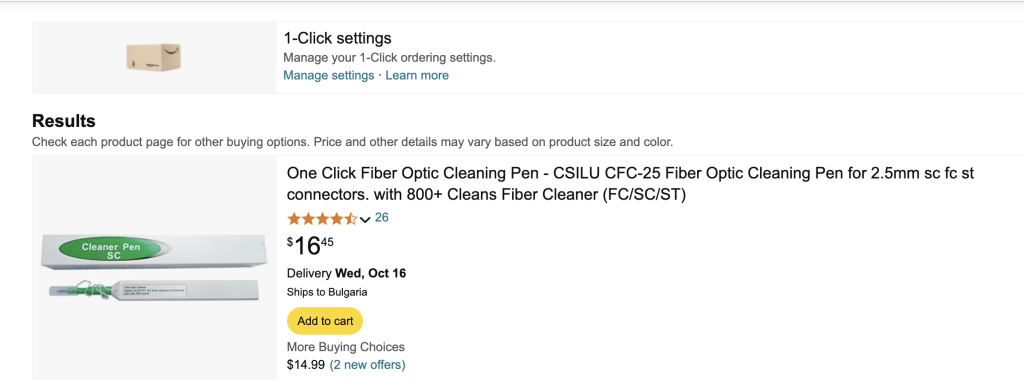
It simplifies the customer journey by allowing users to make a purchase with just one click, eliminating multiple steps like re-entering shipping and payment details. This feature improves usability by streamlining the process, making it more efficient, and reducing the chance of cart abandonment.
Seamless Onboarding Process (Duolingo)
Duolingo offers an intuitive and engaging onboarding process that introduces new users to the app’s features gradually. By guiding users step by step without overwhelming them, it ensures a smooth user flow. The onboarding is interactive and designed with thoughtful progression, minimizing frustration and making it easy to get started, which contributes to high user retention.
Ethical User Experience Objectives (Apple’s Privacy Controls)
Apple emphasizes ethical user experience objectives by integrating strong privacy and security measures into its devices. With features like app tracking transparency, Apple respects user privacy while providing a simple user interface for controlling data sharing. This approach builds trust and aligns with ethical UX principles, making the experience safe and user-centric.
Bad Examples of UX
Intrusive Features (Pop-up Ads)
One of the most common design flaws in UX is the use of intrusive features like pop-up ads or forced sign-ups. These elements interrupt the user flow, frustrate users, and often lead to a negative perception of the brand. Poorly timed pop-ups can ruin an otherwise smooth experience, causing users to leave the site or app prematurely.
Style Over Substance (Flashy Websites with Poor Usability)
Some websites prioritize aesthetics over functionality, falling into the trap of style over substance. While visually appealing, these sites often suffer from poor usability—they may have hard-to-read fonts, overly complex navigation, or slow loading times. Without a clear navigational hierarchy or intuitive interaction, users struggle to complete basic tasks, leading to frustration.
Confusing User Flow (Overcomplicated Checkout Process)
Websites that have an overcomplicated checkout process with too many steps or unnecessary form fields create a disjointed customer journey. These pain points frustrate users and can cause them to abandon their cart entirely. In contrast, a simple, clear user interface and fewer steps (like Amazon’s 1-click checkout) can vastly improve conversion rates.
Ignoring User Research (Snapchat Redesign)
In 2018, Snapchat launched a redesign that completely overhauled the app’s user interface without considering user feedback.
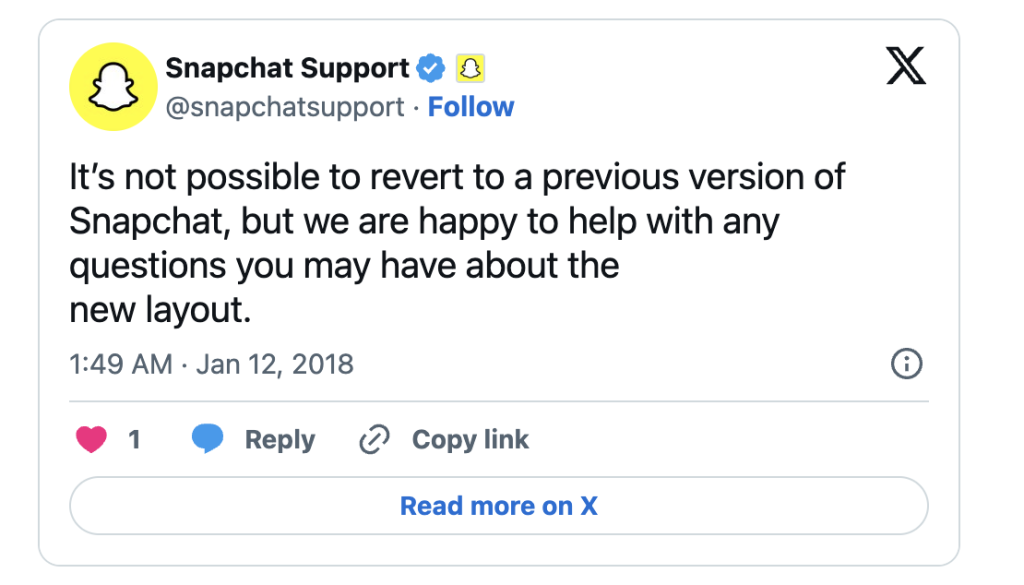
The drastic changes disrupted the familiar user flow and caused confusion, leading to a significant backlash. This is a classic example of failing to use proper user research to understand the audience’s needs, resulting in a poor user experience and decreased user satisfaction.
How to Execute Your First UX Test
Executing your first UX test can seem challenging, but with a clear, step-by-step approach, it becomes much more manageable. The key is to focus on your objectives, choose the right methods, recruit the right participants, prepare meticulously, conduct the test efficiently, and finally, analyze the results to implement necessary changes.

Here’s how to do it:
1. Define Your Goals and Objectives
Before starting, clearly define what you hope to achieve with your UX testing. Are you trying to improve the ease of use for a particular feature? Or, are you looking at enhancing the overall user journey on your website?
Setting specific, measurable goals will guide your testing process and help in evaluating its success. Consider factors such as target user actions, desired outcomes, and key performance indicators (KPIs) that align with your business objectives.
2. Select the Appropriate UX Testing Method
Choosing the right UX testing method is crucial, as it must align with your goals, available resources, and the development stage of your product. Methods can range from remote usability tests for broader geographical insights to in-person sessions for more nuanced feedback. Whether you opt for moderated sessions to guide users through the process or unmoderated ones for natural interaction, ensure the method chosen is best suited to provide the insights you need.
3. Recruit Your Participants Wisely
Recruiting the right participants is fundamental to obtaining valuable insights from your UX test. Your participants should represent your actual users in terms of demographics, behaviors, and needs.
While the magic number of participants for usability testing is often quoted as five, the ideal number can vary based on your specific goals and the test’s complexity. Consider using screening surveys or recruitment services to find participants who match your user profile.
4. Prepare Your Testing Materials and Environment
Preparation is key to a successful UX test. This includes not only selecting the tools and technology but also creating clear, concise instructions and tasks for participants. Ensure your testing environment, whether in-person or remote, mimics the real-world context in which your product will be used.
This realism helps in capturing genuine user interactions and feedback. Also, prepare your team by assigning roles for observation, note-taking, and possibly moderating the session.
5. Conduct the Test and Collect Data
With everything set up, you’re ready to conduct the UX test. Guide participants through the tasks or observe as they interact with your product. Ensure you record their actions, reactions, and feedback, paying close attention to any usability issues they encounter. Collecting both qualitative and quantitative data will provide a holistic view of the user experience, highlighting areas for improvement.
6. Analyze Results and Implement Changes
After the test, organize and analyze the data to extract meaningful insights. Look for patterns or recurring issues that indicate usability problems. These insights will inform the changes needed to improve your product. Share your findings with your team, and collaboratively decide on the next steps for redesigns, feature tweaks, or other modifications. Remember, UX testing is iterative – repeat the process to refine your product continually.
UX testing is a powerful tool in the user-centered design process, offering invaluable insights that can significantly enhance your product’s user experience. By following these steps, you will not only elevate your product’s usability but also ensure it meets the real-world needs of your users. As your product evolves, continuous UX testing will keep it aligned with user expectations, ultimately leading to higher satisfaction and loyalty.
Top Tools Every UX Tester Should Know About
The right tools can greatly enhance a UX tester’s ability to design, evaluate, and improve user experiences. In 2024, a wide array of software and platforms are available to help UX teams collect data, understand user behaviors, and refine interfaces. From usability testing frameworks to analytical tools that provide deep insights into how users interact with applications, selecting the most effective tools is crucial for success in UX testing.
Comprehensive Review of User Testing Software
User testing software plays a critical role in identifying usability issues and understanding user preferences. Through direct feedback and observation, these tools allow UX researchers to pinpoint areas for improvement. Some platforms enable the creation of test scenarios and tasks for users to complete, offering real-time insights into the user experience. Others provide forums for user feedback, which can be invaluable in refining product design.
Exploring Advanced UX Testing Platforms
Advanced UX testing platforms offer comprehensive features that cover various aspects of usability testing. These platforms often combine quantitative and qualitative data collection methods, including eye tracking, heatmaps, and session recordings.
With these tools, UX teams can gather detailed insights into how users navigate interfaces, where they encounter difficulties, and what aspects of the design capture their attention. Such in-depth analysis helps in making informed decisions that enhance user engagement and satisfaction.
Leveraging Analytics and Feedback Tools for Deeper Insights
Analytics and feedback tools are indispensable for gaining a deeper understanding of user behavior and preferences. Tools like Hotjar allow teams to see beyond basic analytics, providing heatmaps, session replays, and feedback polls.
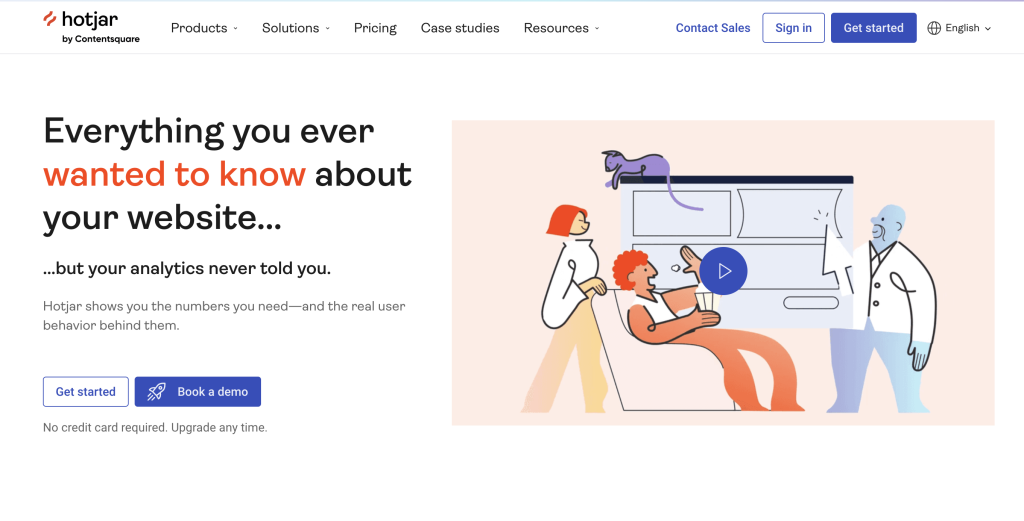
This data illuminates the why behind user actions, revealing pain points and opportunities for optimization. By integrating these insights into the UX design process, professionals can create user-centric interfaces that truly resonate with their audience.
Analyzing UX Testing Results
After the meticulous process of conducting user experience (UX) testing, the next crucial step is to decipher the collected data into meaningful insights. This encompasses a thorough examination of how users interact with your product and the identification of any usability issues that could hinder its effectiveness.

But how do you make sense of all this data? The answer lies in a structured approach to analysis and reporting, enabling you to transform raw data into actionable improvements.
How to Effectively Analyze and Interpret User Data
Analyzing UX testing results begins with organizing the data collected through various metrics and feedback forms. Focus on usability metrics such as total testers, bounce rate, misclick rate, and average duration. These quantitative measures offer a solid foundation for understanding user behavior.
Moreover, pay attention to mission paths to grasp how users navigate through your product and whether they follow the intended flow. This analysis should also include observing any deviations from expected paths, which highlights areas for improvement.
Qualitative data, including responses to open and closed questions, presents a rich source of insights into user experiences and perceptions. Visual representations of these responses can help in identifying patterns and commonalities among user feedback, further directing focus towards significant pain points.
Turning to tools and software can greatly aid in this analytical phase. Automated tools like Crazy Egg offer functionalities such as heat maps and scroll maps, providing a visual overview of where users focus and click most frequently, thus indicating elements that capture interest or cause confusion.
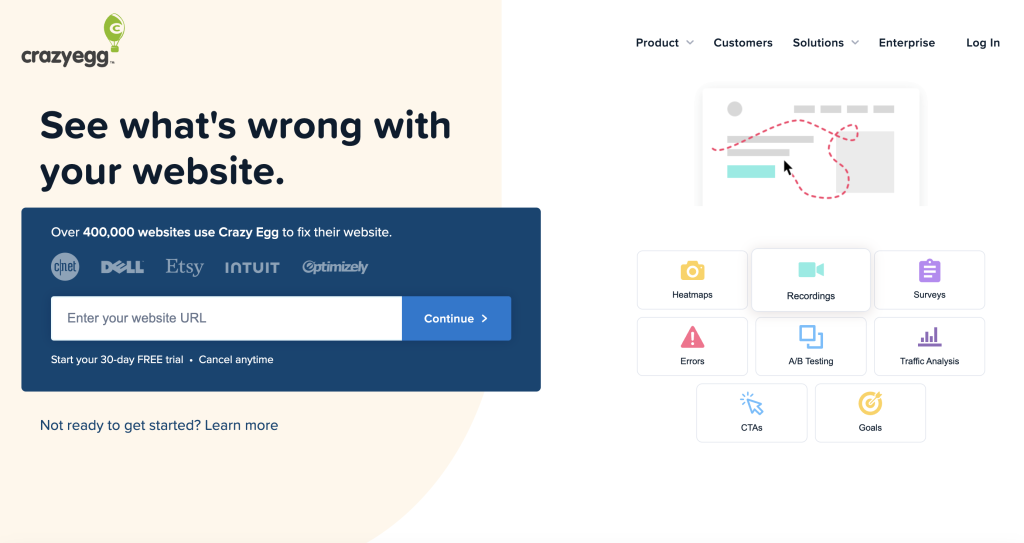
Translating Findings into Actionable Improvements
Once you’ve thoroughly analyzed the user data, the subsequent step is to distill these findings into a series of actionable improvements. This involves prioritizing the identified issues based on their impact on user experience and the feasibility of their resolution. It’s vital to communicate these findings clearly and concisely with your team, outlining both the problems and the proposed solutions.
Implementing changes based on UX testing results can significantly enhance product usability and user satisfaction. For instance, simplifying navigation paths that users found confusing or enhancing visibility for buttons that saw high misclick rates. This iterative process of testing, analyzing, and refining is essential in creating user-friendly products.
Finally, it’s crucial to document the outcomes of these improvements and consider them in future UX testing cycles. This not only helps in measuring progress over time but also in maintaining a user-centric approach in the ongoing development of your product.
In sum, making sense of UX testing results and translating them into practical improvements is a pivotal process in optimizing your product’s user experience. By engaging with this process thoughtfully and leveraging the right tools, you can ensure that your product not only meets but exceeds user expectations, fostering satisfaction and loyalty.
Common UX Testing Challenges
UX testing is a vital part of developing user-friendly products, yet it comes with its own set of challenges. Addressing these challenges efficiently can lead to richer insights and a more effective product design. Let’s explore how to overcome some of the most common hurdles in UX testing.
Participant Bias and Test Validity
One significant challenge in UX testing is managing participant bias, which can skew results and lead to misleading insights. Bias can present itself in several ways, from participants wanting to please testers by giving positive feedback, to their prior experiences with similar products influencing their expectations and attitudes.
To minimize this, researchers should:
- Use screening questions to select participants who represent the target user base without strong preconceived notions about the product.
- Design tests that include both open-ended and specific questions to encourage honest, detailed feedback.
- Emphasize to participants the importance of candid feedback, reassuring them that their input is valuable precisely because it is truthful.
- Employ a mix of qualitative and quantitative research methods to balance subjective opinions with objective data.
- Avoid leading questions that may guide participants towards a particular answer.
Ensuring the validity of UX tests also means carefully structuring the testing environment to mimic real-life usage scenarios as closely as possible. This might involve creating realistic tasks for users to complete, or simulating the environment in which the product will be used.
Time and Resources Management
UX testing, while critical, can be time-consuming and resource-intensive. Balancing the depth of testing with available timeframes and budgets is often a complex task.
Here are a few strategies to manage time and resources more effectively:
- Iterative Testing: Instead of one extensive testing phase, conduct shorter, more frequent tests throughout the development process. This allows for quicker identification and resolution of usability issues.
- Remote Testing: Utilize remote UX testing tools to save time and resources that would otherwise be spent on arranging in-person sessions. This method also broadens the participant pool to include users from various geographical locations.
- Prioritize Testing Areas: Focus on key areas of the product that are critical to the user experience or where issues have previously been identified. This targeted approach ensures efficient use of testing resources.
- Utilize Automated Tools: For certain types of tests, especially those involving quantitative data like page load times, automated testing tools can provide useful insights quickly and with less effort than manual testing.
- Leverage Analytics: Use analytics from existing products to identify potential pain points. This data-driven approach can help focus UX testing efforts more effectively.
By addressing these common UX testing challenges, you can enhance the efficiency of your testing process, gain deeper insights into user experiences, and ultimately create more user-centered products. Remember, the goal is to identify and solve usability issues before they affect your users, ensuring that your product not only meets but exceeds their expectations.
Future Trends in UX Testing to Watch Out For
The landscape of User Experience (UX) testing is continuously evolving, driven by advancements in technology and changing user expectations. As we move forward, several key trends are likely to shape the future of UX testing, making it more efficient, insightful, and integral to the product development process.
The Rise of AI and Automation in User Testing
Artificial Intelligence (AI) and automation are set to revolutionize UX testing by making it faster and more effective. These technologies offer the promise of automating repetitive tasks, analyzing large volumes of user data, and even predicting user behaviors. This not only saves valuable time but also provides deeper insights into the user experience.
- Predictive Analytics: AI algorithms can anticipate user needs and preferences, allowing designers to create more intuitive interfaces.
- Automated Testing Tools: Tools powered by AI can perform complex testing scenarios, identify issues more accurately, and provide recommendations for improvements.
- User Behavior Analysis: Advanced data analytics can uncover patterns in user behavior, helping teams understand how users interact with their products in real life.
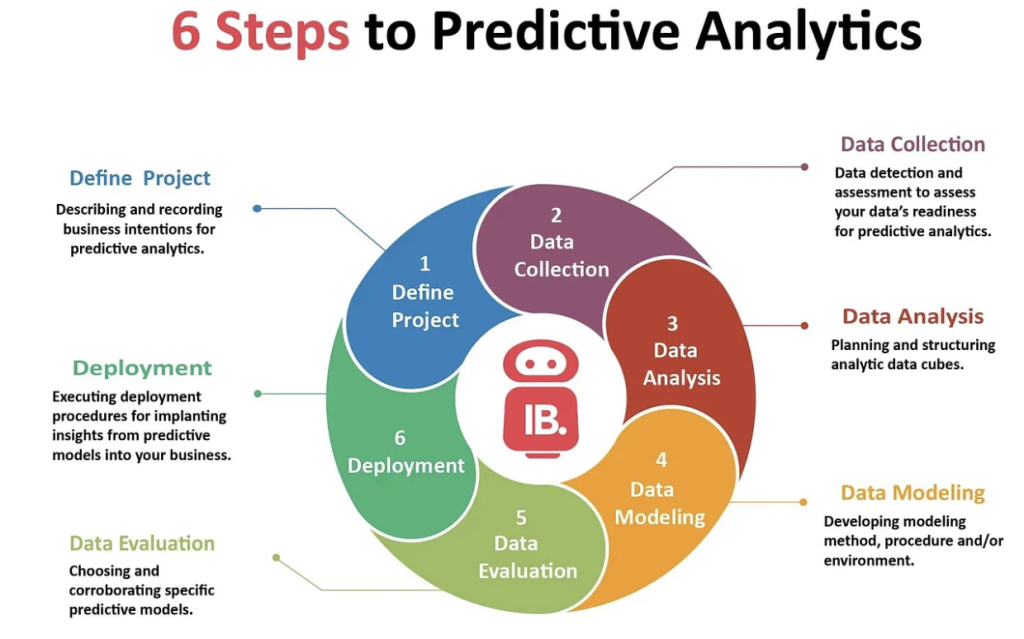
Integrating AI and automation in UX testing means that companies can be more proactive in their design, ensuring that user needs are met even before they are fully articulated.
Adapting UX Strategies for Emerging Technologies
As new technologies emerge, UX testing must adapt to keep pace with innovation. Virtual Reality (VR), Augmented Reality (AR), voice interfaces, and other emerging technologies present unique challenges and opportunities for UX design.
- Extended Reality Testing: VR and AR require us to rethink UX testing methodologies to ensure immersive experiences are user-friendly and accessible.
- Voice UI Testing: With the increase in voice-activated devices, UX testing needs to address how users interact with voice commands, syntax variations, and the natural language processing capabilities of devices.
- Wearable Technology: As wearables become more common, testing must consider the context of use, the limitations of small screens, and the integration with other devices.
Adapting UX strategies to accommodate these technologies involves understanding the unique user behaviors they foster and developing testing methods that can effectively evaluate the user experience in these new contexts.
In conclusion, the future of UX testing lies in embracing AI and automation to streamline testing processes and generate more insightful data. Simultaneously, adapting UX strategies to accommodate emerging technologies will be crucial for creating compelling and user-centric digital experiences.
Conclusion
In today’s fast-paced digital climate, the importance of user experience (UX) testing cannot be understated. Sensitively designed and expertly executed UX tests offer invaluable insights into the interaction between user and product. This is particularly crucial in an era where consumers’ expectations are continuously escalating and their tolerance for subpar digital experiences is diminishing rapidly.
To maintain the competitive edge, it is essential for companies to not only implement but also continually refine their UX testing strategies. This includes paying attention to both the technical performance and the emotional impact of their digital offerings.
